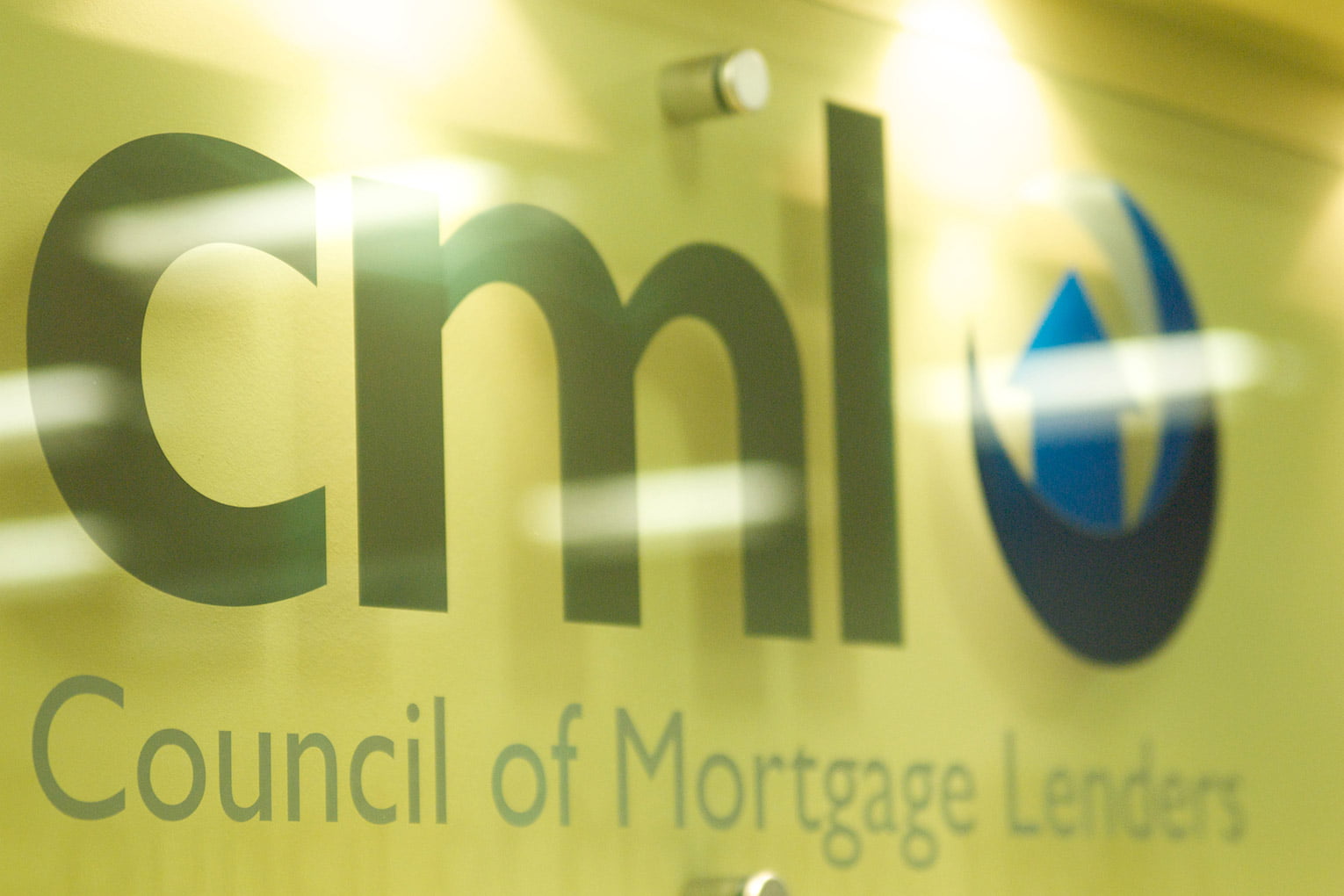The Council of Mortgage Lenders (CML) has reported that home-owners borrowed £8.1bn for house purchase in April, down 40% month-on-month and 4% year-on-year. They took out 47,300 loans, down 31% on March and 5% on April 2015.
First-time buyers borrowed £3.9bn, down 11% on March but up 15% on April last year. This equated to 25,100 loans, down 9% month-on-month but up 7% year-on-year.
Meanwhile, home movers borrowed £4.3bn, down 53% on March and 14% compared to a year ago. This represented 22,200 loans, down 46% month-on-month and 15% on April 2015.
Remortgage activity totalled £6bn, up 25% on March and 40% compared to a year ago. This came to 34,800 loans, up 23% month-on-month and 30% compared to a year ago.
In addition, landlords borrowed £2.5bn, down 65% month-on-month and 7% year-on-year. This came to 16,100 loans in total, down 64% compared to March and down 10% compared to April 2015.
Paul Smee, director general of the CML, said: “There is a sense of calm after the storm this month, as lending eased back, following the significant rises in activity in March as borrowers looked to beat the second property stamp duty deadline. We expect the market to take several months to return to its previous levels after the lending surge.”
David Whittaker, managing director of Mortgages for Business, said: “A quieter April for the mortgage market was always on the cards given the effects of the stamp duty surcharge. The potential cost to investors of delaying completion was enormous, resulting in a front-loaded first quarter for buy-to-let transactions.
“Despite this, lending to investors in April was not significantly down on a year earlier – which is testament to the excellent returns available on property in spite of the new stamp duty regime. Lending to other areas of the mortgage market also experienced a slowdown in April, illustrating that the buy-to-let market was broadly on-trend.
“As landlords come to terms with the new normal, the buy-to-let market will begin to heat up again – driven by growing demand for rental accommodation. Property remains an excellent investment as long as landlords factor the additional stamp duty charge into their financial planning. Investment strategies should also take into account the changes to landlords’ tax relief, which are looming on the horizon.”





